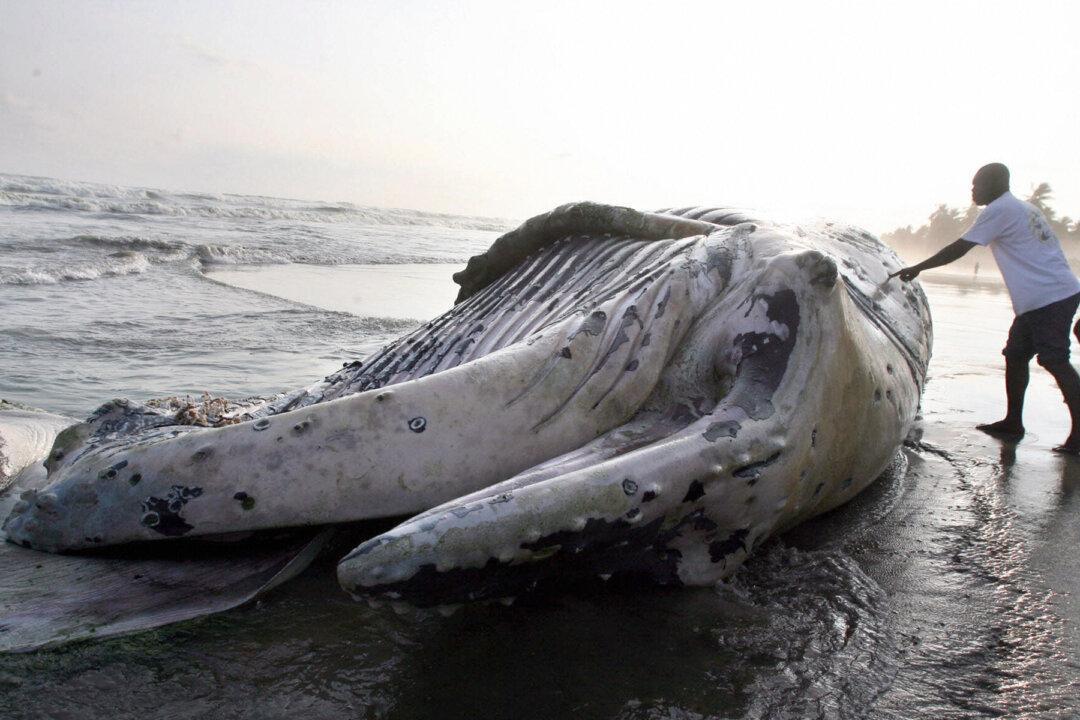The ocean covers 70 percent of the earth’s surface, yet 95 percent of it still remains unexplored, with much of the marine species that live in the deep blue sea yet to be known to humans.
Some years back in May 2017, local residents were shocked by this nearly 50-foot-long (15-meter-long) carcass, found lying in shallow waters on the shores of an island in Indonesia. The cause of its death still remains a mystery. So, what on earth was this massive creature exactly?





